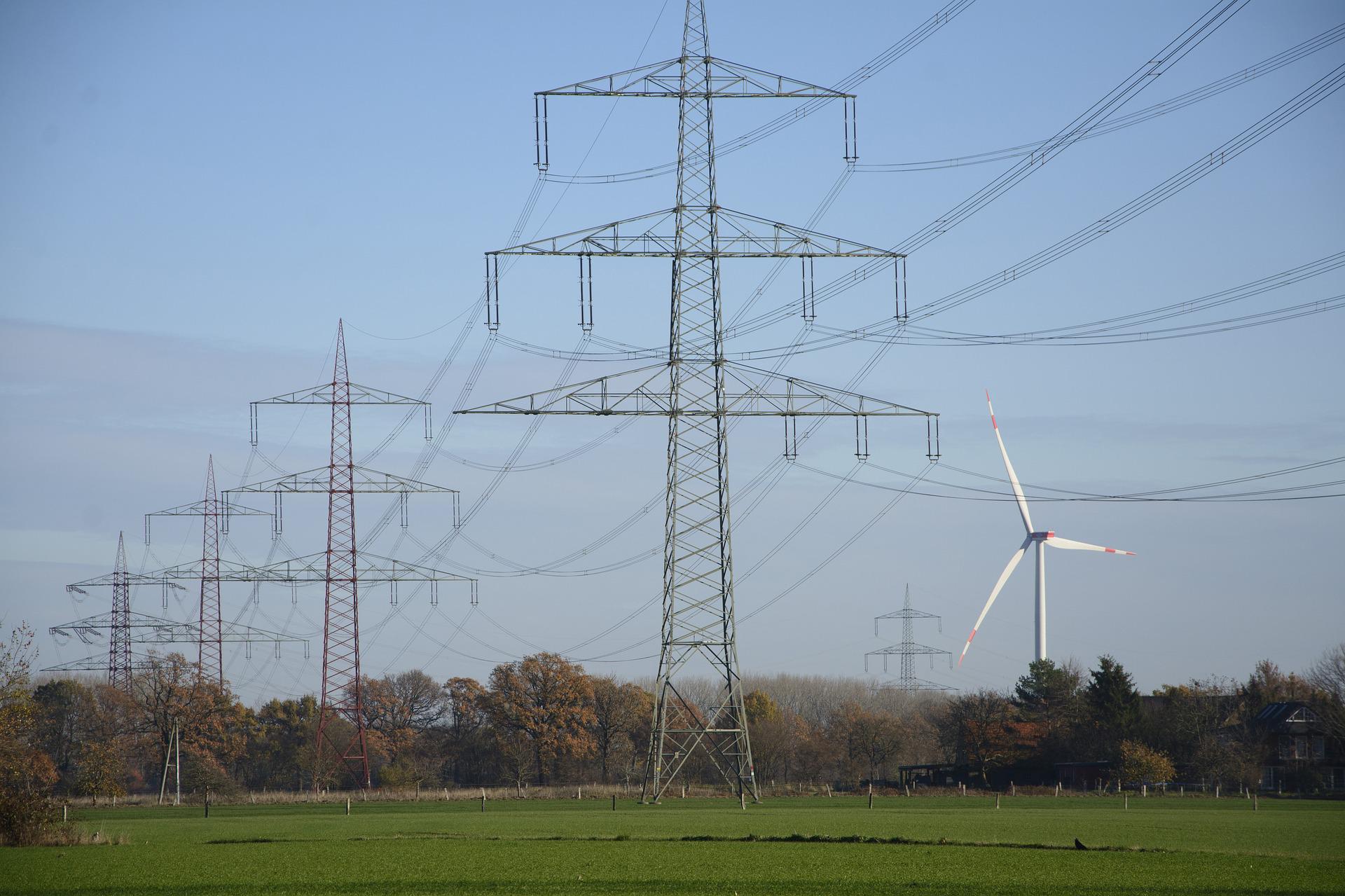
Grid operator Tennet has slammed the door shut of the electricity grid in Limburg and North Brabant for new businesses. And that is not to the liking of the south side of the Netherlands. “A sledgehammer blow to everything we consider important in the Netherlands. Sustainability, energy transition, enterprise, you name it,” says John Jorritsma, chair of the economic development company Brainport Foundation.
From a national perspective, according to Jorritsma, it is like pouring sand in the economic engine of our country. He spoke about a task that needs to be tackled on a national level. “Over the coming years, tens of thousands of jobs will be added in the innovation sector in Brainport. We already have shortages of housing, roads, bicycle paths, facilities and business parks in the city and region. And on top of that there is now the official announcement that the energy supply is also at risk.”

Use this map from Netbeheer Nederland, the Dutch sector organisation for grid managers, to see how the purchase and feed-in of electricity minus the Netherlands is progressing.”
European super network
In Europe, grid congestion is also an urgent problem. In order to be able to cope with the sharp rise in demand for electricity and the generation of sustainable power, the EU is considering a European Super Grid (ESG). This should connect European countries with each other and with North Africa and the Middle East.
The idea behind an ESG is to enable the sharing of electricity. This ought to solve one of the main weaknesses of renewable energy sources: instability. The sun doesn’t shine every day and the wind doesn’t always blow. With this grid, energy surpluses in one country can be shared with countries that are not generating enough at that particular time.
Supplying your own power
Other options are available as well. For example, companies with a surplus of generated energy can supply it directly to their neighbors, without first feeding it back into the grid. VDL is keen to do just that.

But that is also where laws and practical objections get in the way. The supply of power is the sole preserve of licensed electricity suppliers. That’s not you as an individual or a company. However, this varies from country to country. Although the Belgians are allowed to do this.
Six potential solutions
As such, solutions are not all that clear-cut yet. But they do exist. Some of them on a more individual level, others can be organized more regionally or nationally. Innovation Origins has already presented dozens of examples of these. A small selection:
1) The salt battery
2) Generate your own electricity

3) Peaks and troughs

4) New netwerk

5) Two-way traffic

6) Mobile electricity
And if no solution can be found at all, then you can always rent a generator.


